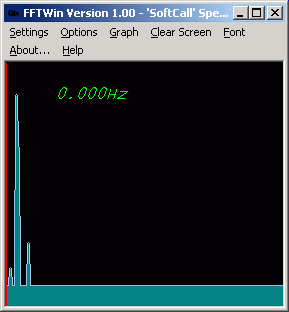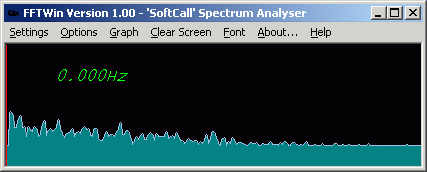The arc mentioned could account for blurring due to a ~1ms flash.Important features to be addressed:
1. the flash of light consists of a brighter portion down, rectangular, about 1/8" x 1/16", with major axis almost verticle, and having an arc about 1/8" around the top half.
The white thingy can be explained along the lines of the bat wings in a previous picture:2. down right of the flash is a shape of white light that is too complicated and too geometrical; therefore it appears artificial as in manmade. Kind of like the following, only turned almost perpendicular to the streak (odd that it isn't perpendicular and it doesn't line up.)
(___ ___)
......|_|
(periods added to move the bottom piece into postion.)

This can be explained by looking at the picture of the flying bug on page 73 here:More difficulties:
The dark streak is about 3/16" wide, and it's center does not line up with the center of the flash.

a bug will rarely fly in the direction its body is oriented due to air currents.
Furthermore, an air current could account for the straightness of the path.
The fact that the flash approximates the postition of the light pole is mere coincidence.The center of the flash does not line up with the supposed light pole which is nearby.
The fact that the light pole in question was found to be damaged is questionable and needs evidence.
Who investigated the light pole?
How can we know that the pole he investigated was the one in question?
Were other light poles also damaged?
Why are no other light poles lit in any of the other pictures?
Why would the lights come on at the time of the pictures?
Without more information regarding the light pole, and with the fact that the bright spot does not correlate closely enough to the light pole, the light pole cannot be taken as the proven source of the light.
This is explained because the bug is not going to be facing in the direction it is moving, since it is being carried by an air current.The center line of the streak also does not line up with the geometically-shaped white light thingy.



 .
.